In 1973, the late Michael Costello – who died in 1986 – was honoured by King Baudouin of Belgium for his services to the international sugar beet industry.
The man who was general manager of the Irish Sugar Company from 1946, and who established Erin Foods, is also remembered for his distinguished contribution to the Irish Army. At the age of 18 Costello was promoted to the rank of colonel commandant by Michael Collins, of which Costello himself said: "It was a serious mistake on Collins's part, and I was surprised he did."
In 1923 he was made director of military intelligence, later playing a crucial role in the quelling of the “Army Mutiny of 1924” and ended up as a major general, where he was noted as a man “with truly phenomenal ability” in a 2004 newspaper article on the centenary of his birth.
When Costello retired from the Army to take up his role as general manager of the Irish Sugar Company, he purchased a fine detached home at 29 Victoria Road in Clontarf.
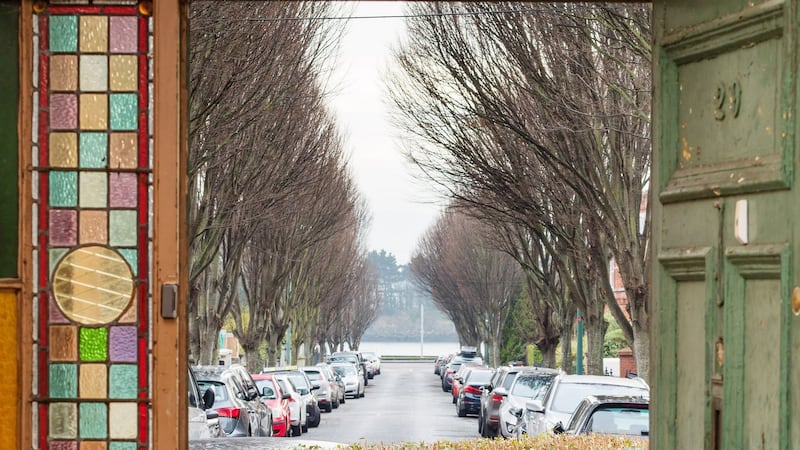
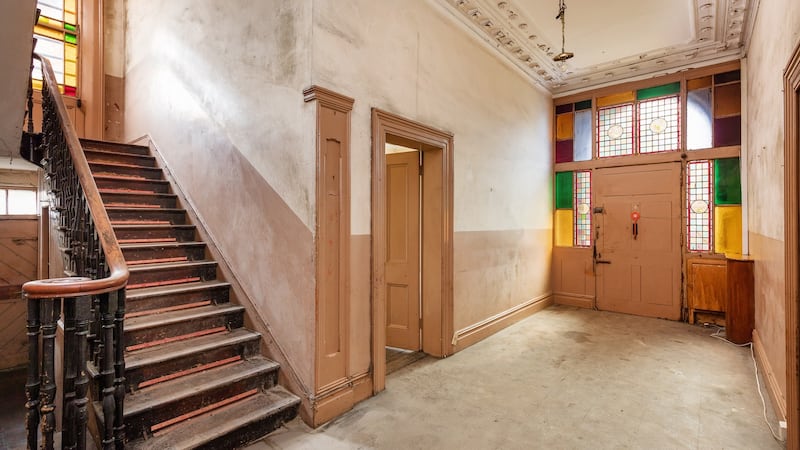
On the title deeds the house is known as Ardnagreene but was known locally as Baker’s Folly. Today, after 75 years in the hands of the Costello family it bears the colloquial name of the Colonel’s House.
When Costello purchased the property in 1945 it had subtenants and he returned the house – which dates from 1902 – back to a family home. Here he and his wife, Mary, raised their nine children, eight boys and their only daughter Mary.
“Not only were there nine kids along with my mother and father but we also had a nurse, a cook and a maid – those were the old days – so there were about 14 of us living in the house. At one stage the room at the top was a nursery, and as there were six of us under seven, we were all up there with our nurse,” recalls son Ciarán.
Today it is a different tale for this very fine but now forlorn-looking 456sq m (4,906sq ft) property. Only a few trees remain on the generous half-acre site. The apple, pear and plum trees serve as a reminder that the Costello family grew all their own fruit and vegetables and kept chickens at the three-storey redbrick home.
Having been idle for a number of years and in need of serious attention, the property is now on the market through Sherry FitzGerald seeking €2.75 million. A transaction entry appeared for the house on the Property Price Register in 2018 for €700,000, but this was an inter-family transfer.
There are two distinct options for the future of this Victorian grand dame. Son Ciarán engaged Richard Rainey Architects to design and secure permission to convert the main house into three apartments, with a fourth new apartment to be located where an old shed stands, and a further two four-bedroom houses to be built on the site.
Attaining planning was no easy feat, as the 81 files on Dublin City Council’s planning website show.
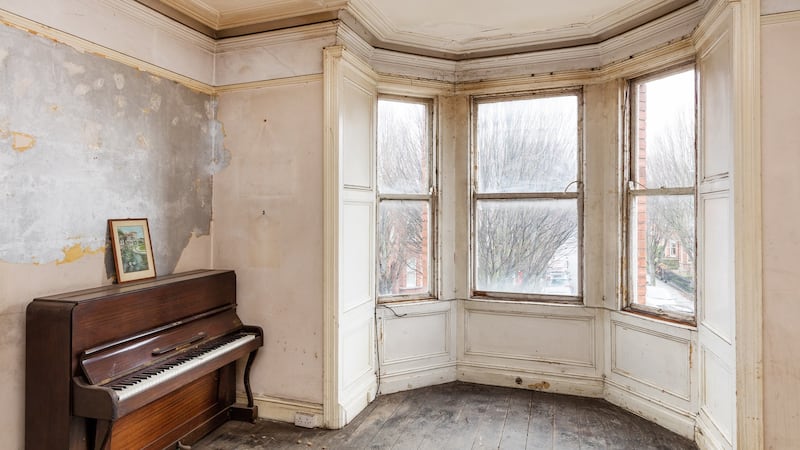
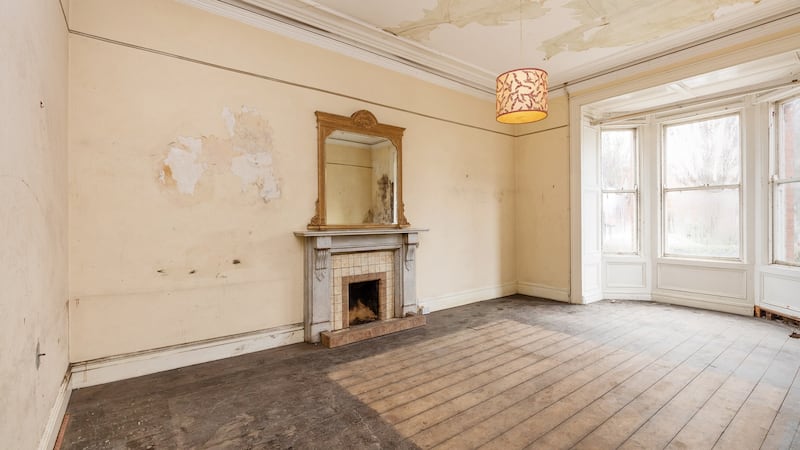
The permission allows each of the apartments in the main house – all two-bedroomed – to occupy its own floor. The sizes are very generous as apartments go, ranging from 124sq m (1,335sq ft) to 134sq m (1,442sq ft). The fourth (new) apartment would have one bedroom and occupy 56sq m (603sq ft).
To the rear a large communal garden for the apartments would afford privacy to the new high-end four-bed houses.
“I think it is much more socially desirable to develop six dwellings on the site as the house is more than likely far too big for a modern family. The architect wanted to bring unity to the development, so it unifies the coherent ‘whole’ of the entire space,” says Ciarán, who works as a consultant engineer.
The remaining option for a potential buyer of this landmark property – who, mind you, will need deep pockets – is to restore the house to its former glory as a very large family home. At the moment is has nine bedrooms over the top two floors and very large reception rooms at hall level.
Ceiling heights extend to almost 12ft, and the house retains much of its period details such as ornate plasterwork, stained glass and a commanding central staircase. Eight of the 11 fireplaces are part of the original structure.
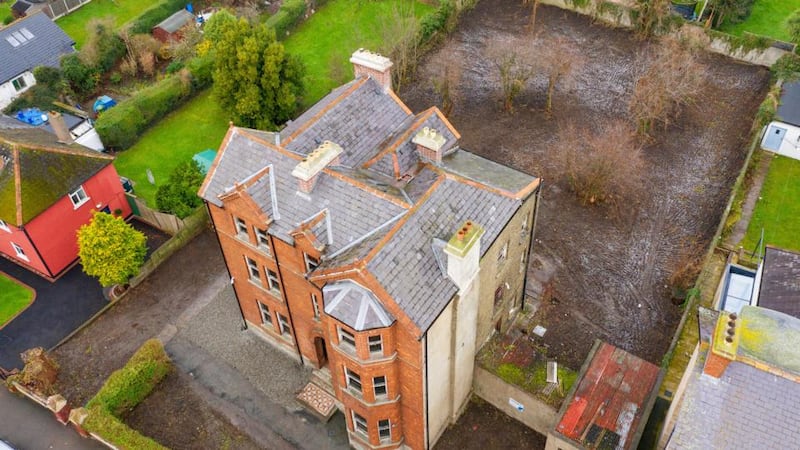
The gardens too will need a serious overhaul as today they are a sad representation of what they were when the Costello family lived here, but their size and privacy would lend them to becoming something truly special.
The fate of number 29 will be an interesting one for local observers of this unique property, whether it is destined to be a significant trophy family home or a smart new development in the heart of Clontarf.












